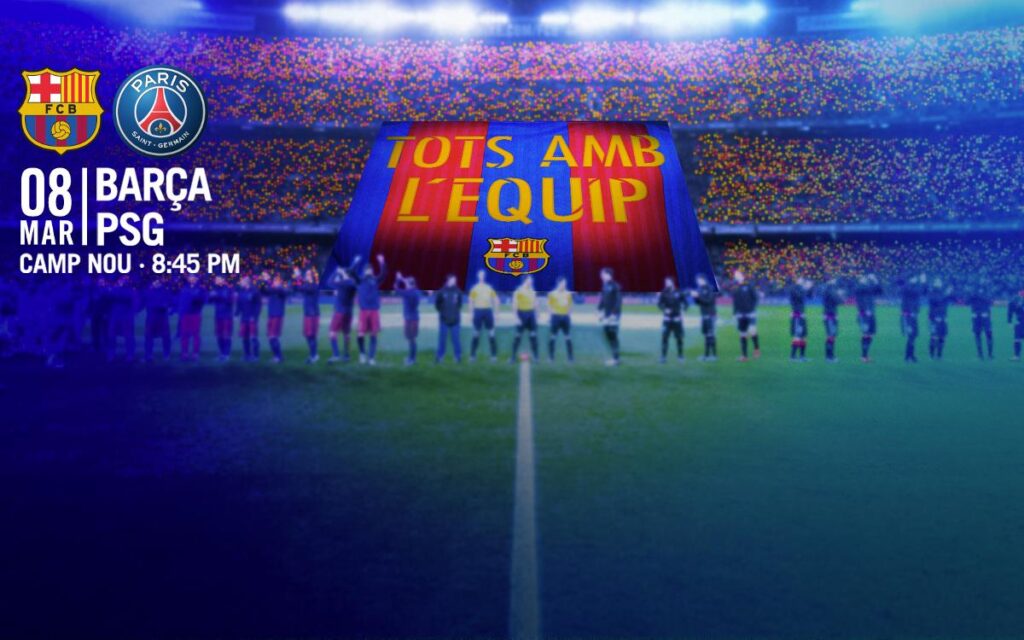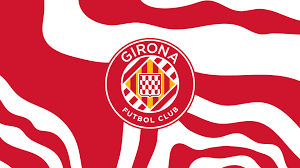
Camp Nou
Nestled in the heart of Barcelona, Camp Nou stands as a shrine to football and an iconic symbol of passion, pride, and excellence. Home to FC Barcelona since its inauguration in 1957, this magnificent stadium transcends mere bricks and mortar; it embodies the spirit of one of the world’s most beloved football clubs. For both ardent fans and casual visitors, Camp Nou is a pilgrimage site where dreams are etched into history with every match played and every cheer that resonates through its grand stands J 88.
The History of Camp Nou
Before we delve deeper into what makes Camp Nou exceptional, it’s essential to appreciate its rich history. The story of Camp Nou is interwoven with that of FC Barcelona itself, reflecting the club’s evolution from local beginnings to a global phenomenon đá gà J88.
The Birth of a Stadium
Camp Nou was born out of necessity. In the early 1950s, FC Barcelona had outgrown its previous home, Les Corts, which had a capacity of around 30,000 spectators. The club needed a larger venue to accommodate its ever-increasing fan base. The project was approved in 1953, and architects Francesc Mitjans, Josep Soteras, and Lorenzo García-Barbón were tasked with creating a new stadium worthy of the team’s legacy.
The groundbreaking took place in 1954, and after three years of diligent construction, Camp Nou was officially inaugurated on September 24, 1957. The initial capacity of nearly 93,000 made it the largest stadium in Europe at the time, setting a precedent for what a modern football arena could aspire to be.
Evolving Through Eras
Throughout its life, Camp Nou has witnessed monumental moments in sporting history. From unforgettable matches to extraordinary victories, the stadium has become synonymous with triumph. The famous ‘Game of the Century’ against Inter Milan in 1960, which saw the Catalan giants clinch their first European Cup, and the numerous La Liga titles celebrated within its walls highlight its storied past.
Moreover, Camp Nou has evolved along with the times. Renovations over the years have not only modernized the facilities but also improved the spectator experience. The integration of cutting-edge technology and amenities ensures that Camp Nou remains a frontrunner in modern sports architecture.
A Symbol of Catalonia
Beyond football, Camp Nou serves as a beacon of Catalan identity and pride. During the Franco regime, the stadium became a refuge for expressions of Catalan culture and nationalism. Matches were not just about football; they were platforms for voicing sentiments that transcended the sport itself. This profound connection between the stadium and Catalonia imbues Camp Nou with a sense of purpose beyond mere entertainment.



